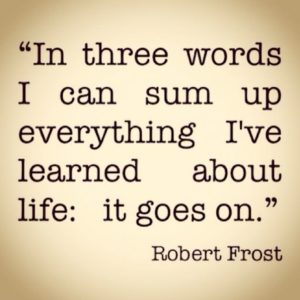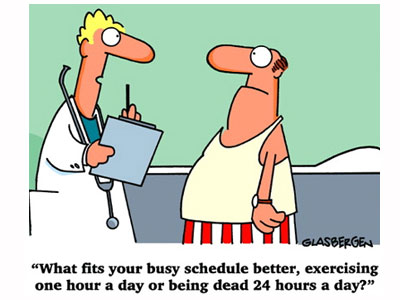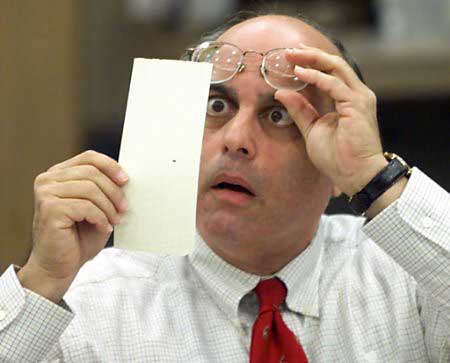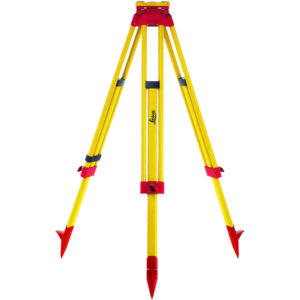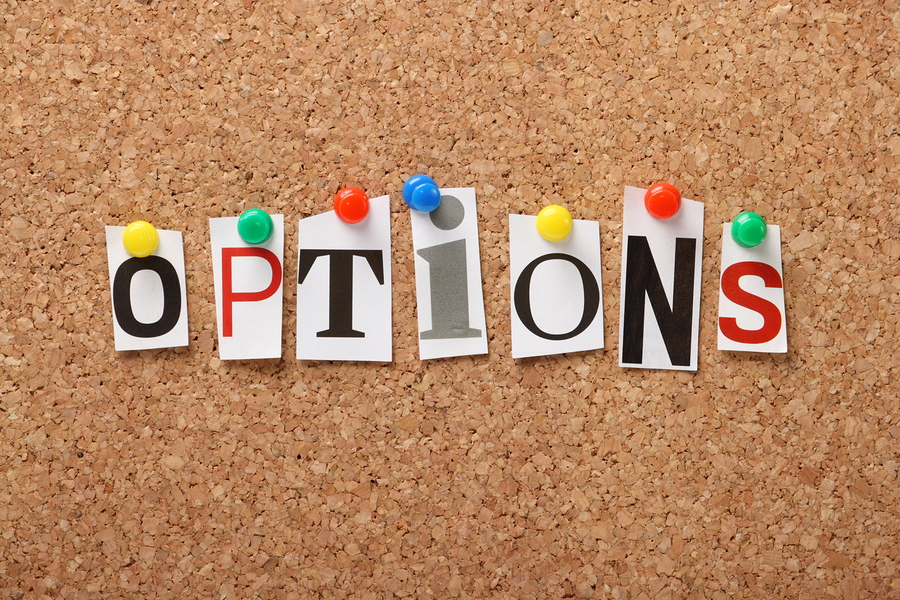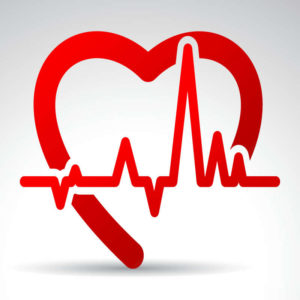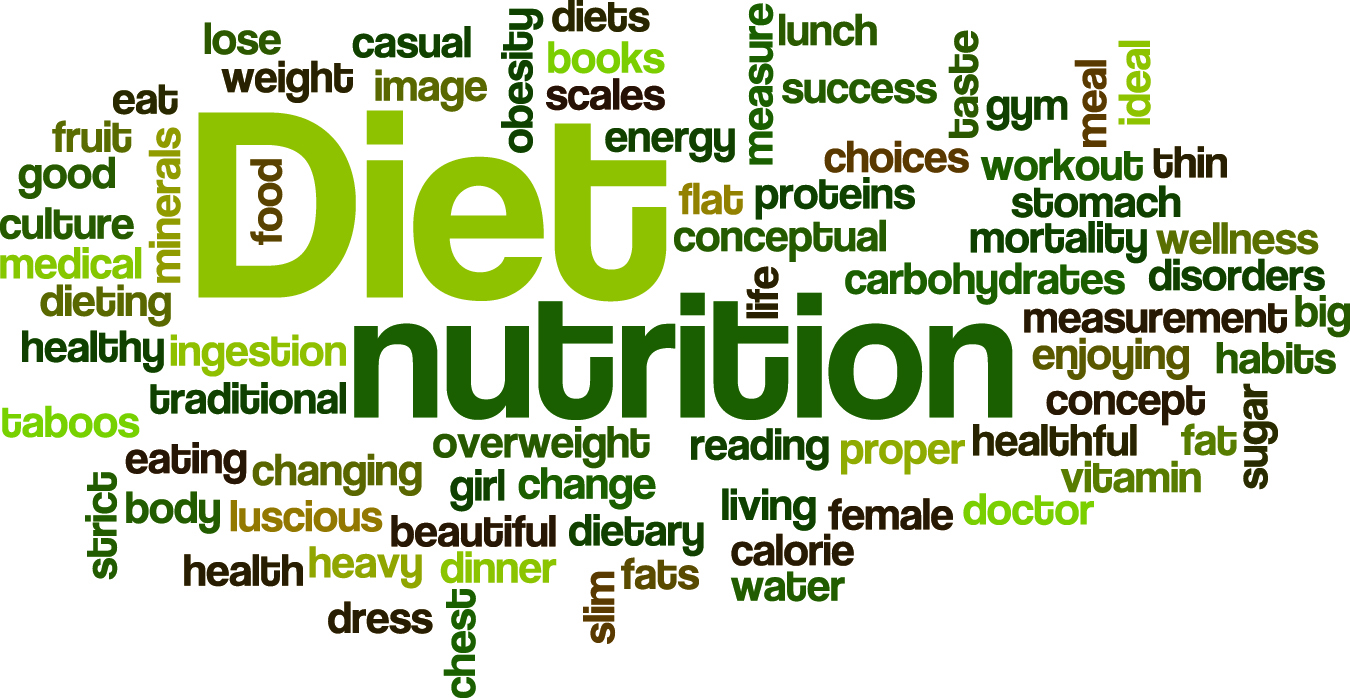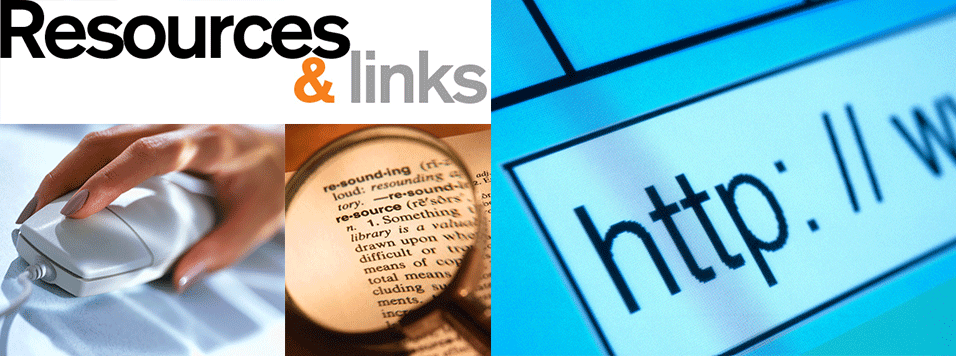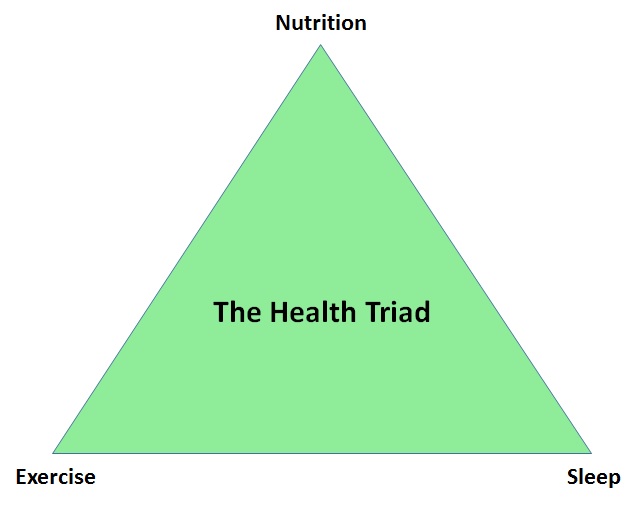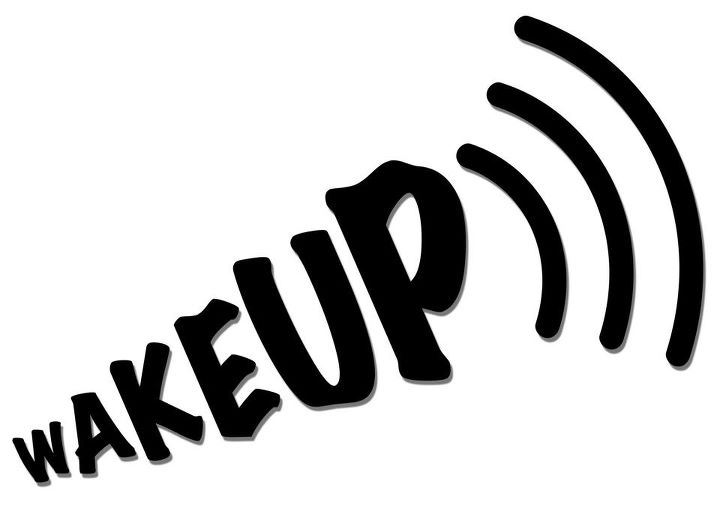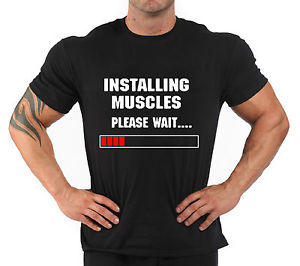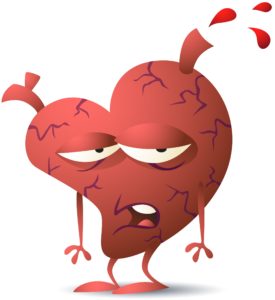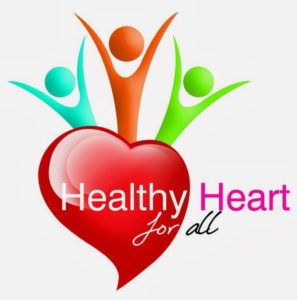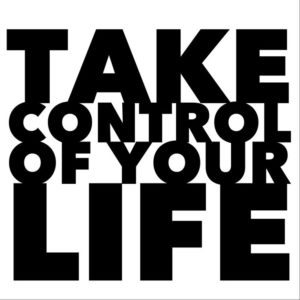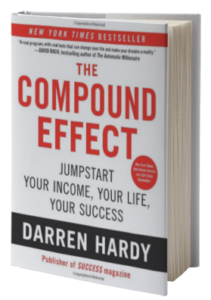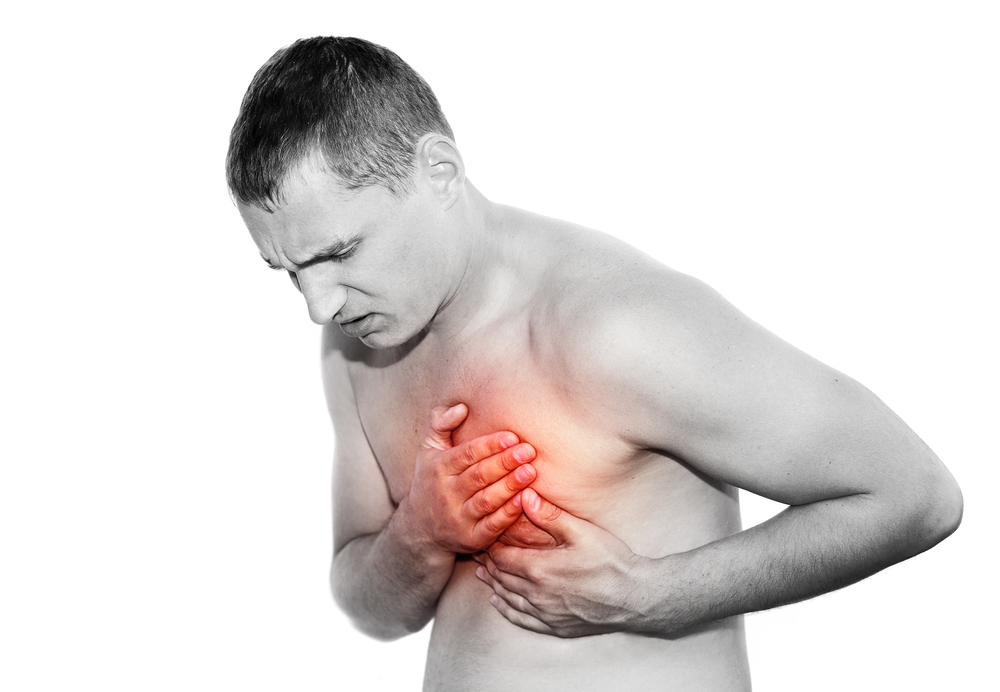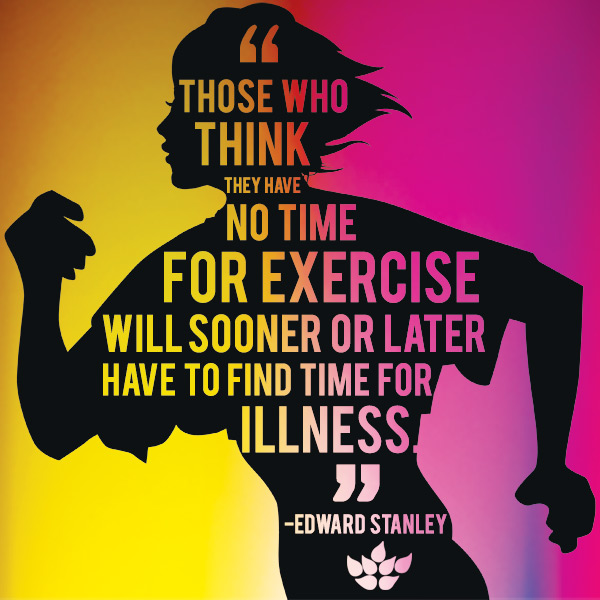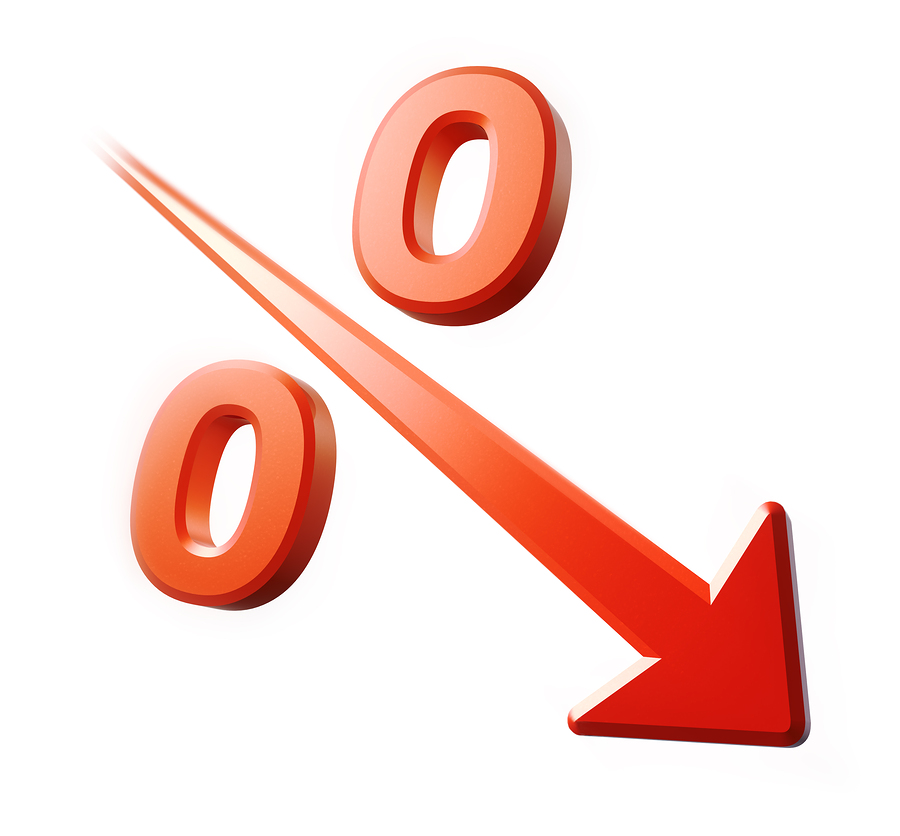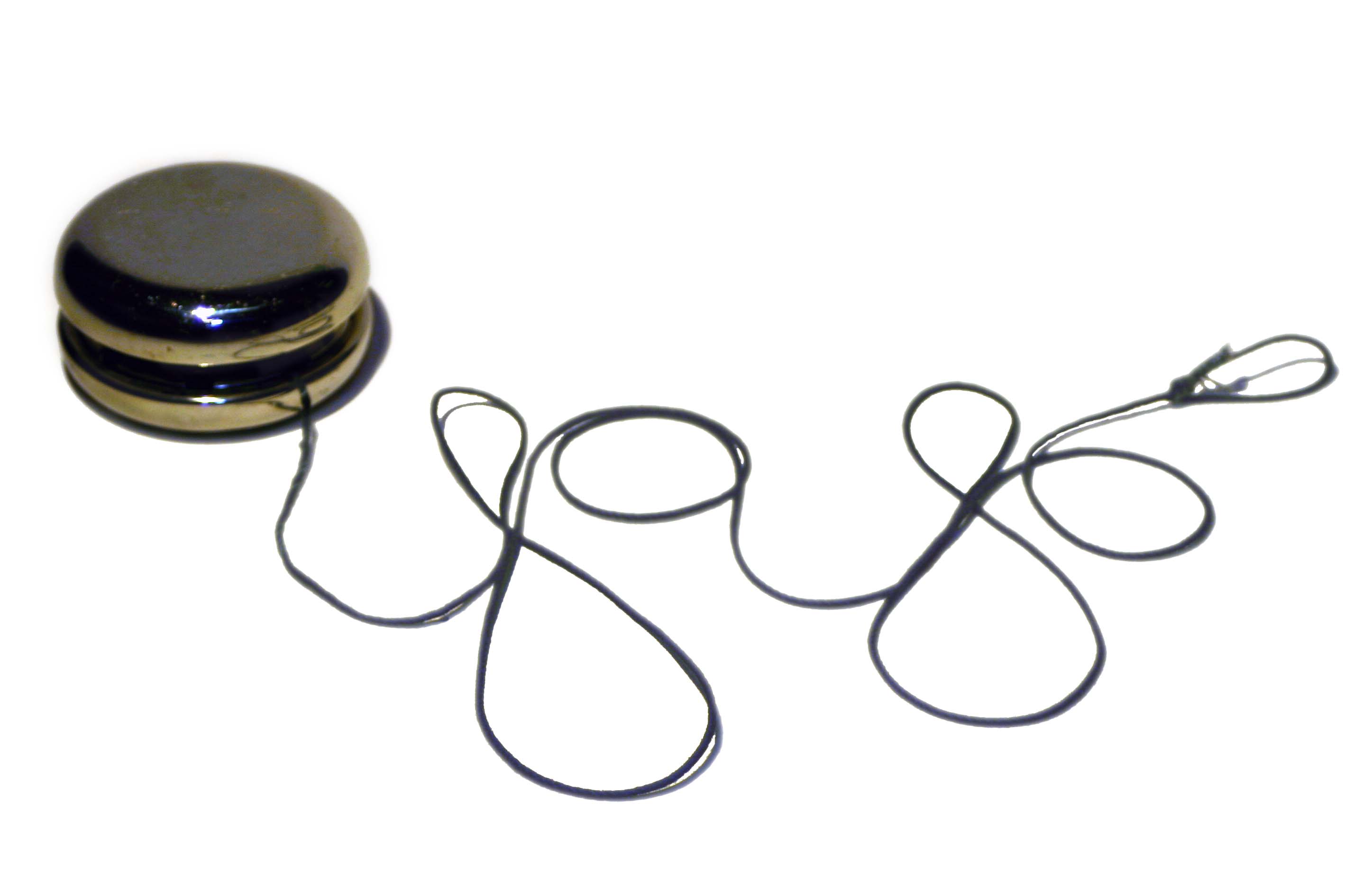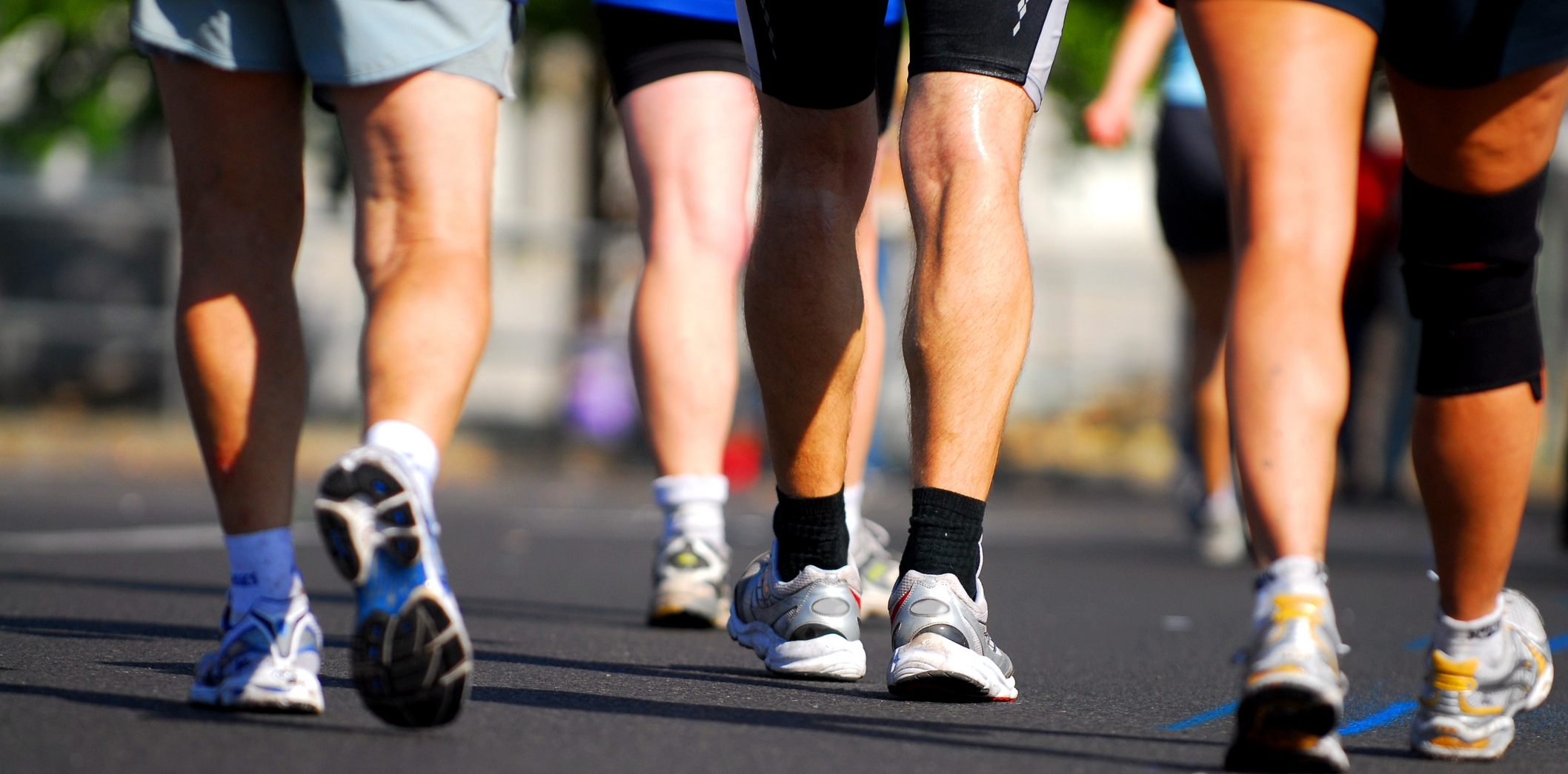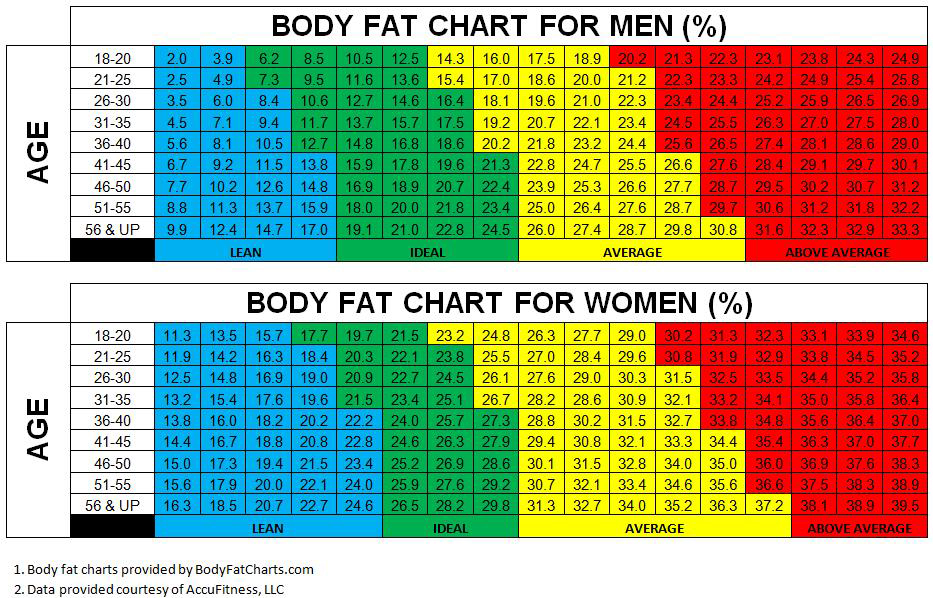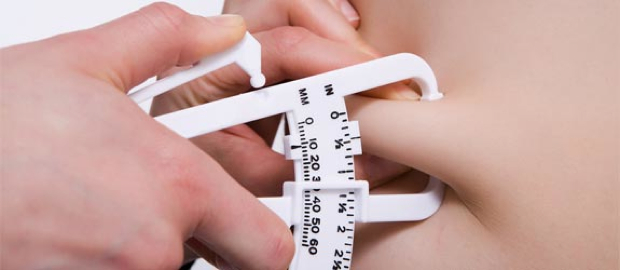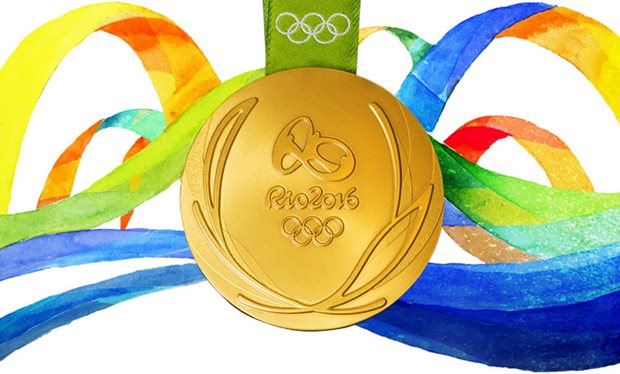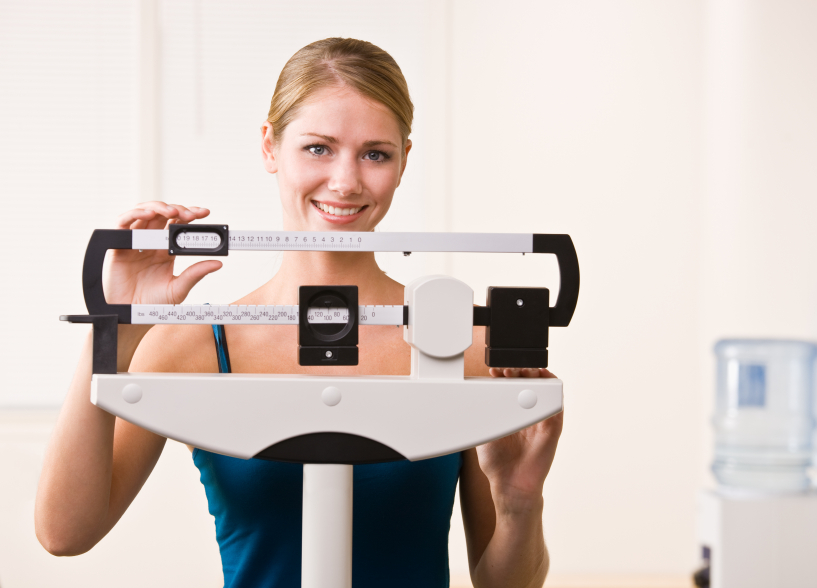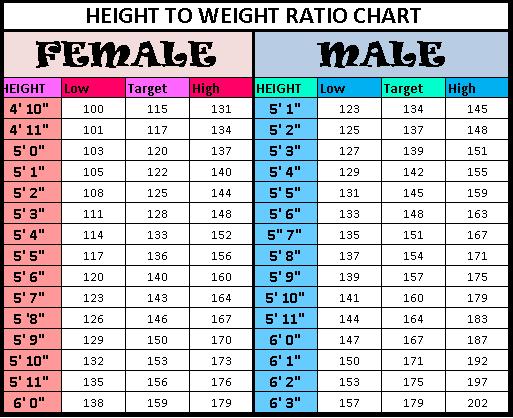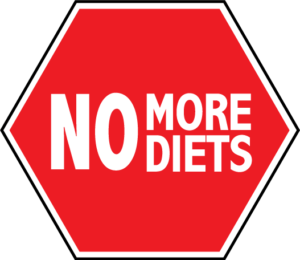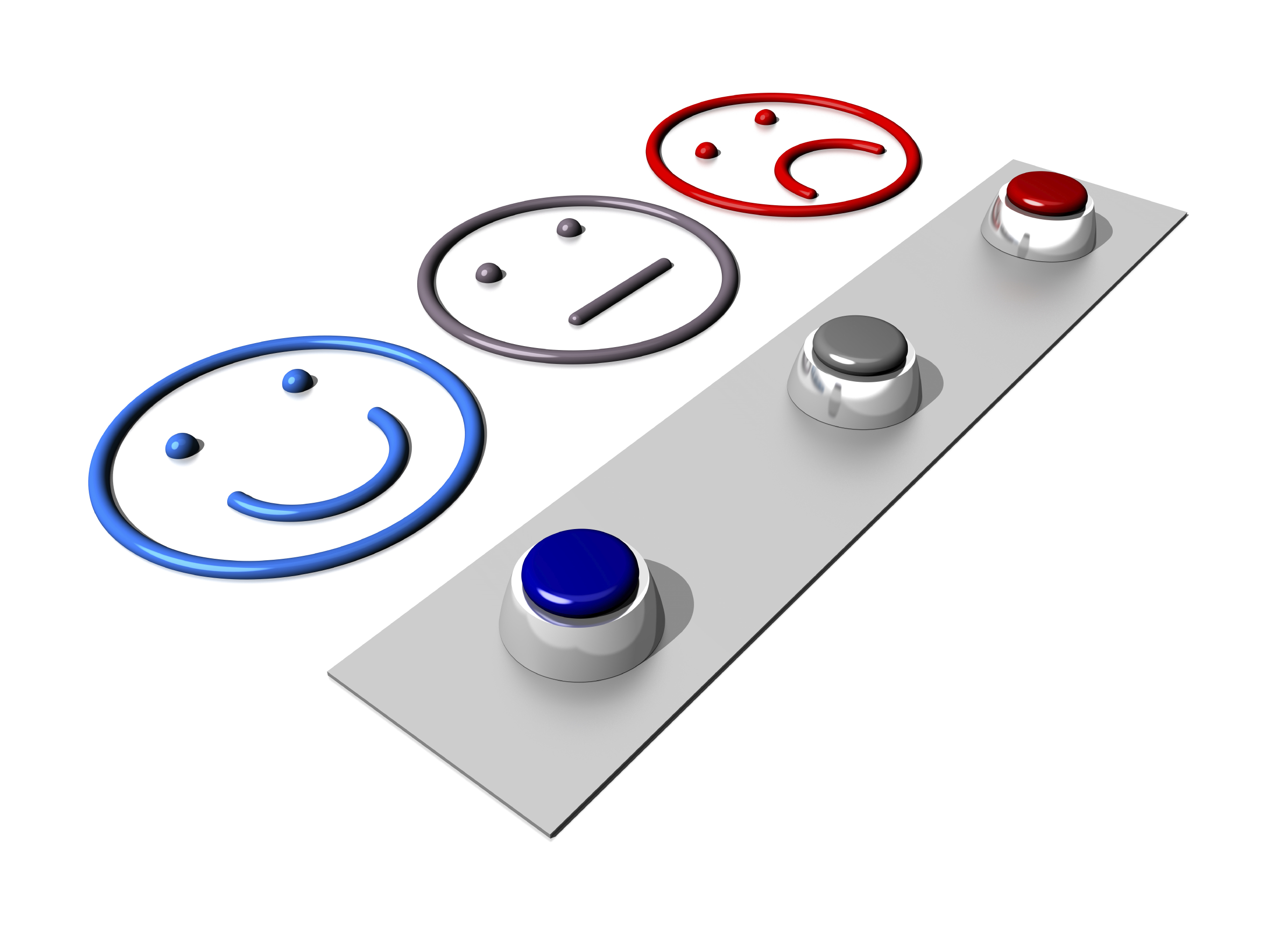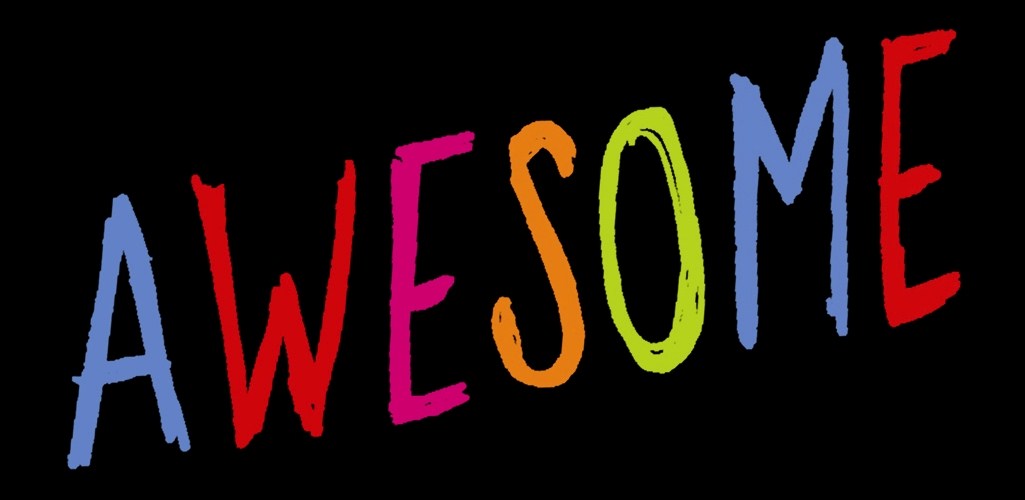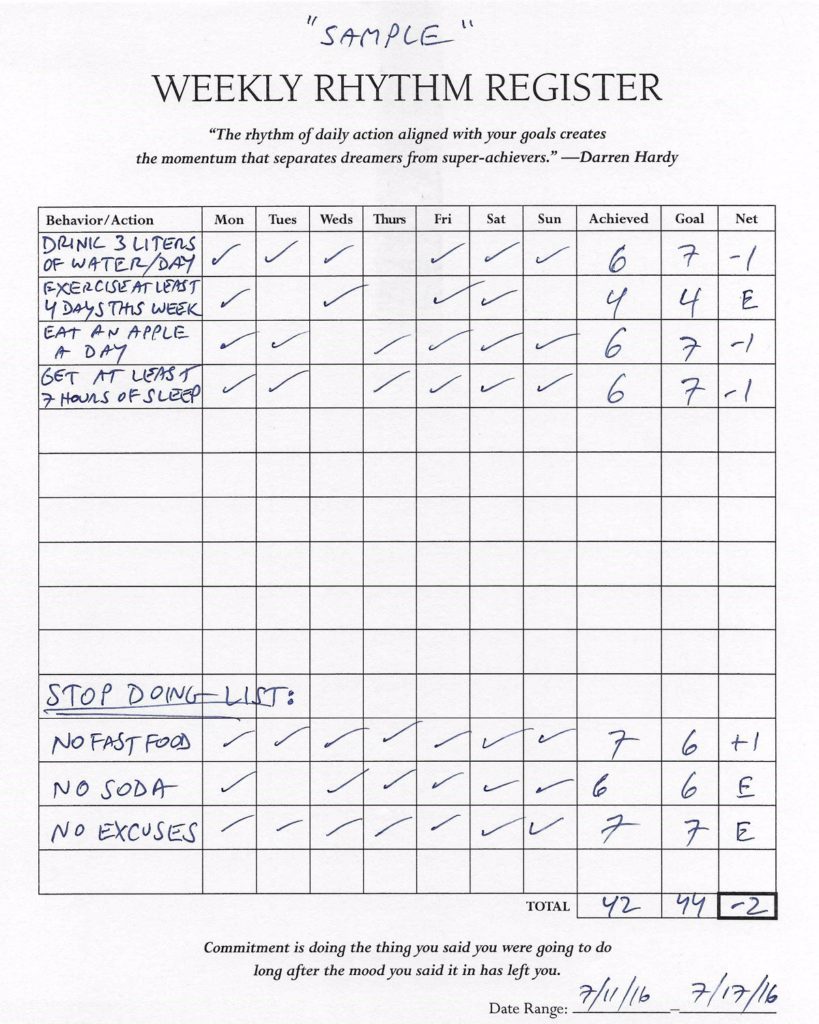It would be a huge understatement to say this year’s presidential race was an utter disgrace!
Regardless of who wins, life will actually go on.
And your choice matters! It’s an honor and a privilege to vote. And important for each of us to exercise that right.
So get out and vote!
However, “individually” we CAN’T control the outcome .
But this blog isn’t about politics. It’s about more important things like your health & wellness, longevity, and personal development.
So let’s move on… to something we CAN control.
Health & wellness is not a new concept. Most people know about the positive impact that eating right, combined with getting regular exercise and adequate sleep will have on their health.
But knowing versus doing something about it can result in two completely different outcomes.
Let’s face it, there’s a vast amount of information available; perhaps too much. The Internet is everywhere. And there are countless professionals eager to help.
So why then is such a HUGE percentage of the population overweight and out of shape (pun intended, respectfully)?
With all this information at our fingertips, I have to ask:
- Why aren’t more people slimming down and getting healthy?
- Why are obesity rates still on the rise?
- Shouldn’t heart disease and diabetes statistics be declining?
- And how has such a preventable situation become so pandemic?
There are many reasons why we do (or don’t do) things.
Let’s face it, some people are just more motivated, productive, and successful than others.
Yet regardless of whether we’re driven or lazy, we can all agree that we weren’t born with these traits. We learned them. Like habits.
Have you ever said to yourself?
- “I’m not interested (in eating better)”
- “I’m too busy (to exercise)”
- “I’ll start (going to the gym) next month”
- Or even worse, “Why bother? (I have so much weight to lose)”
So we can create a list of excuses for why we’re not treating our health & wellness more seriously. And many do. Or for not doing what we know we need to do.
But how’s that gonna help?
We are all goal-seeking beings. We strive to make things better for ourselves and others.
But it’s also human nature to take the path of least resistance or easy route sometimes. To ignore what’s necessary for immediate gratification, or efficiency.
I believe there are underlying reasons that are sabotaging and demoralizing our attempts to improve.
I want to uncover YOUR reasons. By helping you identify why you “choose” to not do what you intend to do, planned to do, or committed to do. And maybe even signed up to do.
Hey, we’ve all been there at some point. But if we can understand our unique limiting factor, then we have a chance to help ourselves.
So here’s my theory based on personal experience.
It ALL begins with the choices we make. (Yes, unfortunately we all live under a different set of rules than our political leaders). But I digress…
As a result of these choices, we develop patterns in the form of routines and habits.
And oftentimes our choices and habits can be affected by outside influences. Has “life” or a busy schedule ever gotten in your way?
How about a desire to please, or to not say NO? As in someone else’s agenda. Maybe a client, your boss, spouse, kids, or family & friends…
Any of these “outside influences” can affect our:
- Attitude
- Drive
- Interest
- Motivation
- Enthusiasm
- Confidence
- Outlook
- Inner dialog
- Emotions
There’s a natural flow that works either FOR or AGAINST us. And it can occur consciously or unconsciously.
As time passes, patterns begin to emerge. Which breeds an element of familiarity and consistency?
We can look at it 2 different ways:
- As if this was a habit you were consciously trying to develop;
vs.
- Something you started doing unconsciously and were therefore unaware of.
The next phase after familiarity and consistency is where momentum begins to build. And momentum can be very powerful.
Momentum is also unbiased. There’s no guarantee that it’s working for or against us.
Have you ever developed a bad habit? I know, me too.
As a way to help you visualize this perspective and make it easy to remember, I’ve created an acronym – C – H – A – D – D.
It’s time to devote more focus on the present, which will help to get your CHADD’s in sync.
Your what?
Your Choices, Habits, Actions, Decisions & Disciplines.
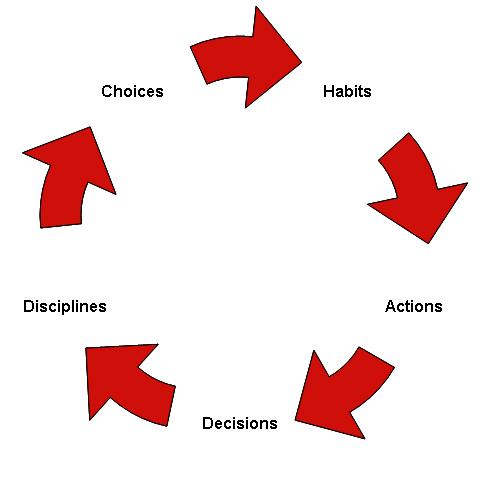 C – Think about it, everything including change begins with a choice. You consciously “choose” to do something, or not do it. Every day we make plenty of choices about what we want to do. Or want to change, improve, and not do (or eliminate).
C – Think about it, everything including change begins with a choice. You consciously “choose” to do something, or not do it. Every day we make plenty of choices about what we want to do. Or want to change, improve, and not do (or eliminate).
H – After a while with focus, concentration and determination, our conscious (and unconscious) choices begin to take shape in the form of a habit.
A – And our habits only begin to take root after the repeated actions we take. Action is an integral component in every step of this process.
D – The cumulative net effect of our new habit is the result of all of our decisions to this point, including the choices we’ve made and actions we’ve taken.
D – And finally the finished product becomes our beautiful, new, healthy discipline.
So let’s look at a relevant example.
If you are over-weight and haven’t exercised in a while, you may find it difficult to get started. That’s understandable. My objective is to help you start exercising. And once you do, keep you accountable so you find a way to keep it going.
Exercise is vital for your health & well-being. One of the worst things you could do would be to get discouraged and continue to do nothing. As in remaining sedentary and not exercising.
If that’s how you’re thinking, your primary goal should be to find a way to get moving.
It’s NEVER too late to start. But before you do, make sure to get your doctor’s approval. Then set a very attainable goal that you can easily achieve and feel great about doing.
Accomplish it, then do it again the next day; accomplish it, then do it again… and eventually over time, momentum will come to your aid. Then you can make your goal a bit more challenging.
10,000 steps a day may be too unthinkable right now. So set a goal to go on a 2,000-step walk, 3 times this week (or whatever you can do at this point based on your fitness level). Do that for a few weeks and then start increasing your step count gradually.
Not sure how to track your steps? There’s an app for that.
Then once you’ve developed the walking habit, you can graduate to other exercise, like strength training and other forms of cardio.
If you can afford it, you would benefit greatly by hiring a personal fitness trainer. They can help you get results by recommending specific exercises based on your fitness level and goals.
And they’ll keep you accountable.
But don’t worry – I won’t leave you hanging.
In the future, I’ll punch through and go deeper into each component of the C – H – A – D – D philosophy. And unpack examples to give you greater insight to make better CHOICES.
For now I’d suggest taking an inventory of your thoughts, along with some of the choices you’ve made over the past few days. You can also practice being more present and aware of the choices you’re about to make. And perhaps even plan a healthy choice or two into your day. Like an apple, water instead of soda, or more steps.
I hope you found value in this week’s post.
Thank you for sharing your time with me. I’d love for you to let me know what you think by leaving a comment. Is the content valuable and helpful? Did anything resonate? Will you take action? What else would you like to see in future posts? I welcome your feedback.
What’s your Win to be Thin?
If you know someone that can benefit from this content, please share it with them. And if you like what you see, you can SUBSCRIBE for automatic updates, LIKE US on Facebook, and spread the word about www.thin2win.net with your friends, family and social circles.

